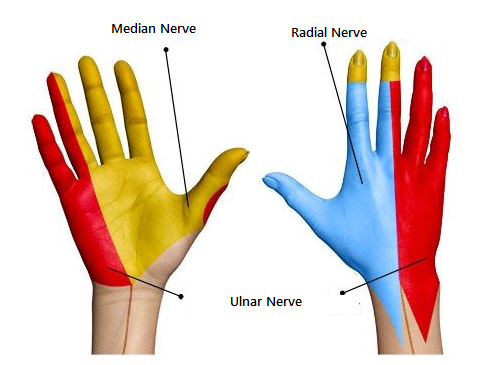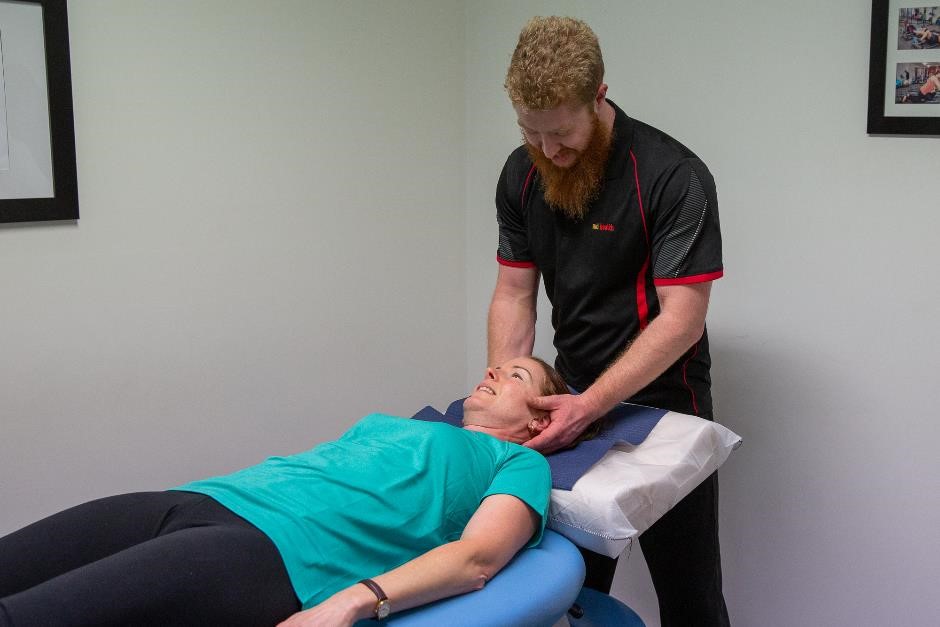Cervical Radicular Referred Pain (Dural tightness) - Fact Sheet
What is a Cervical Radicular Referred Pain (Dural tightness) ?
Following a cervical disc bulge, scar tissue can form around the site of injury. This scar tissue can impede exiting nerves from the cervical spine, sending strange sensation or “referred pain” to the shoulder, down the arms, even to the fingers. We call these sensations Dural tightness or tension, which essentially means that your nerves are hypersensitive, sending indifferent signals down the arms.

Signs and Symptoms of Cervical Radicular Referred Pain (Dural tightness) ?
Referred pain from scar tissue formation in the cervical spine generally follows the path of 3 nerves:
- The median nerve: refers to the biceps and down the anterior forearm to the thumb, index and middle fingers.
- The ulnar nerve: refers to the medial elbow, down the medial forearm to the little and ring fingers.
- The radial nerve: refers down the posterior forearm to the wrist to the back of the fingers
.

Treatment of Cervical Radicular Referred Pain (Dural tightness) ?
Flossing: Specific stretching exercises targeting the affected nerves, to help improve the mobility of the exiting nerves from the cervical spine and help break down any scar tissue. this helps improve symptoms over time, and these exercises are gradually progressed from a SLIDER stretch to the more uncomfortable TENSIONER stretches.
Exercise: Neck-specific exercises to improve the strength of supporting neck muscles. Exercise for the muscles in the upper back (postural muscles) which also helps take pressure off the neck and set your head and shoulders into a more stable position.
A positive attitude! These sensations can take some time to dissipate, particularly if you have been feeling them for a few months. Don’t get disheartened! You WILL get better!



